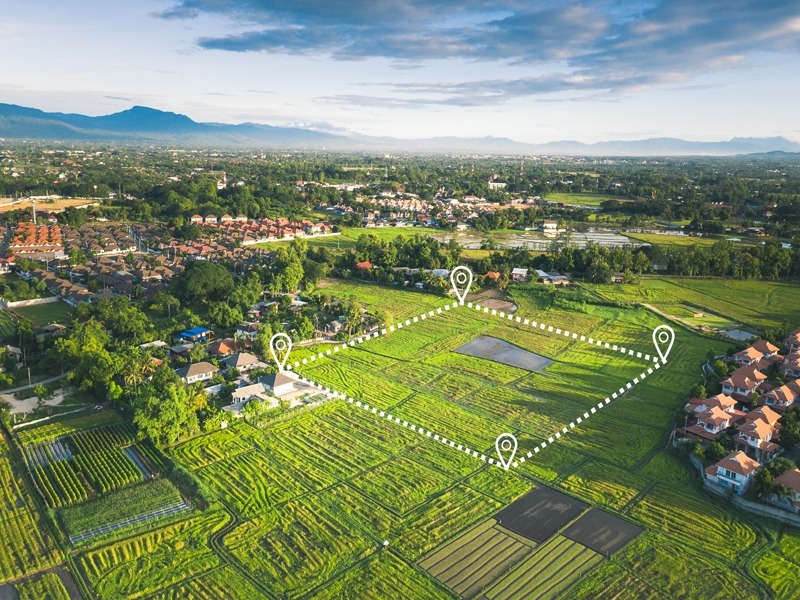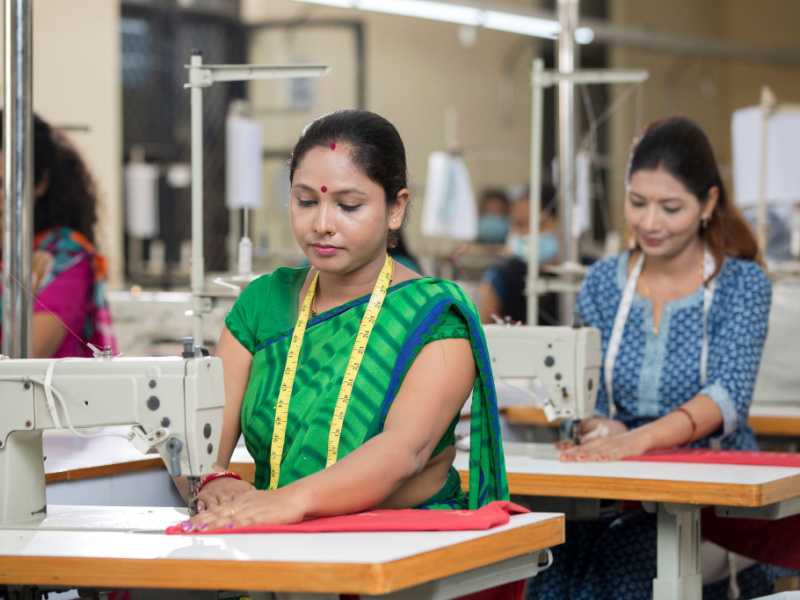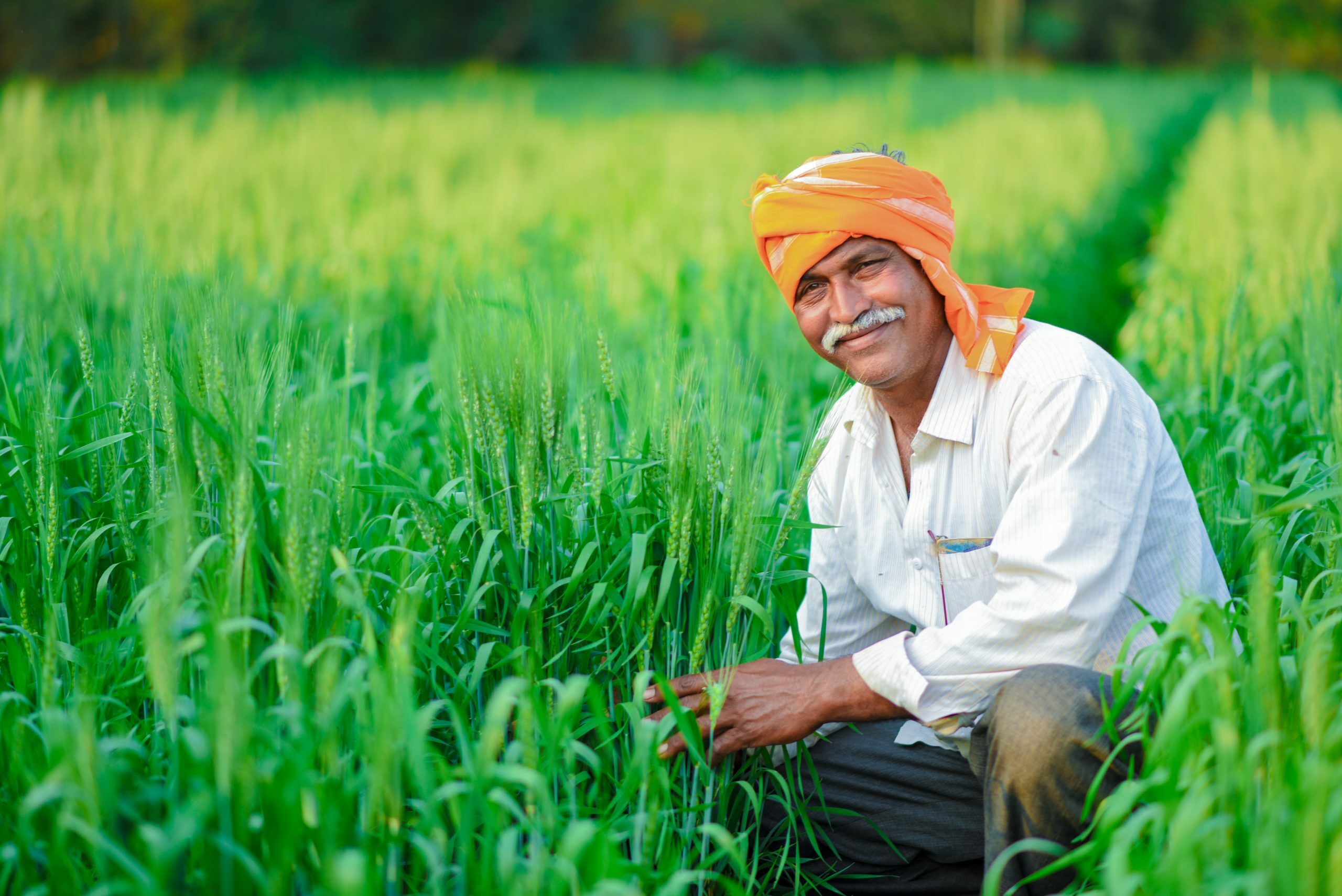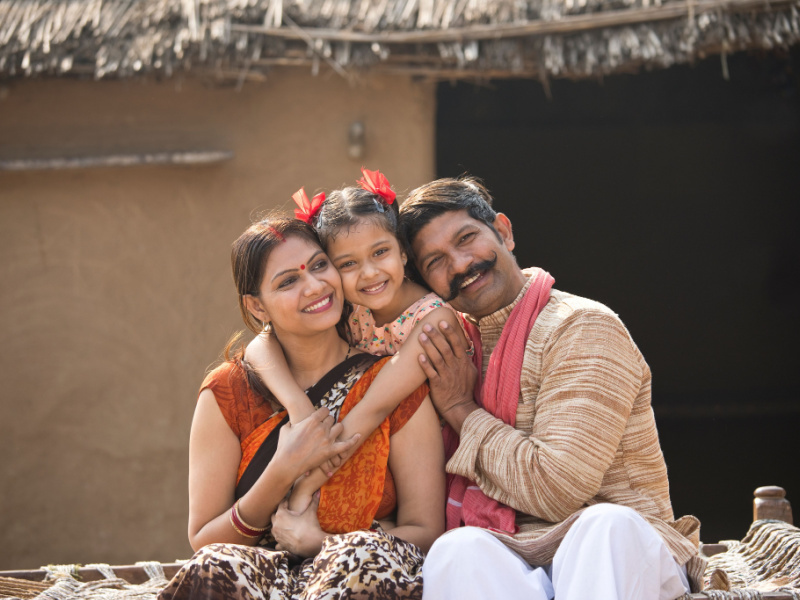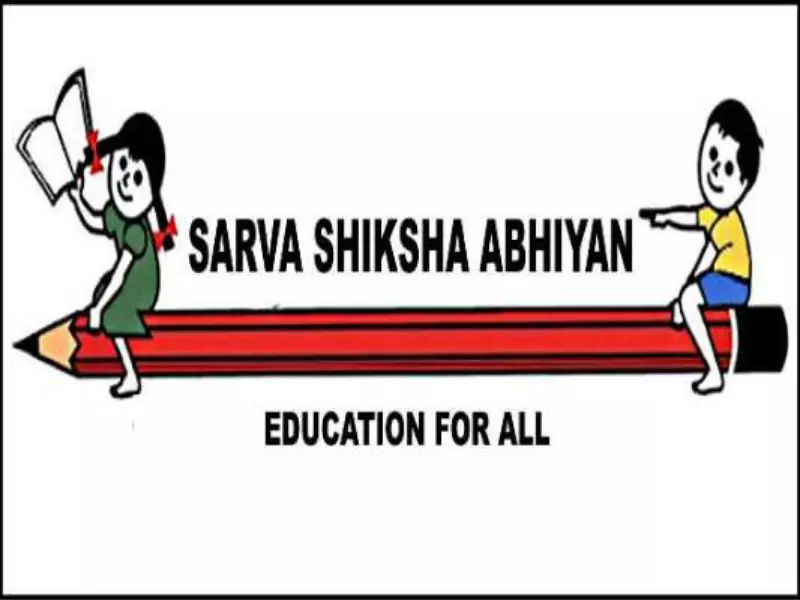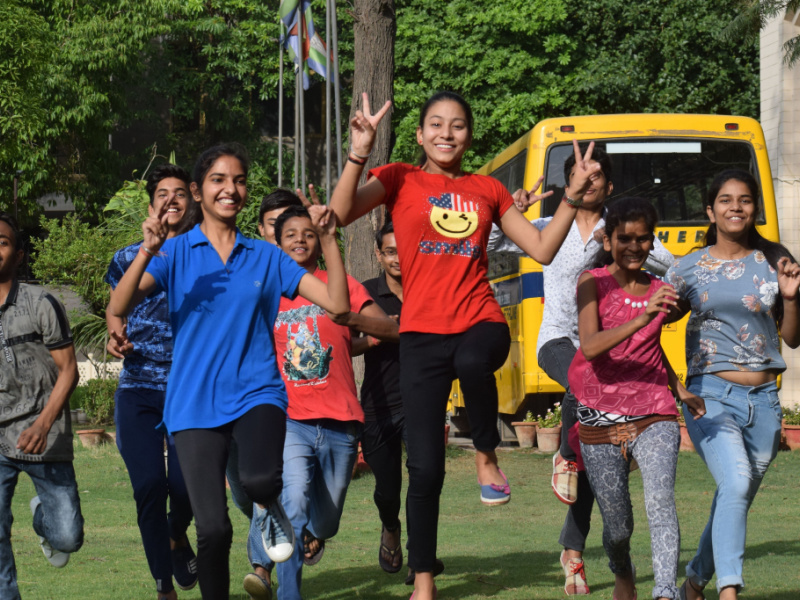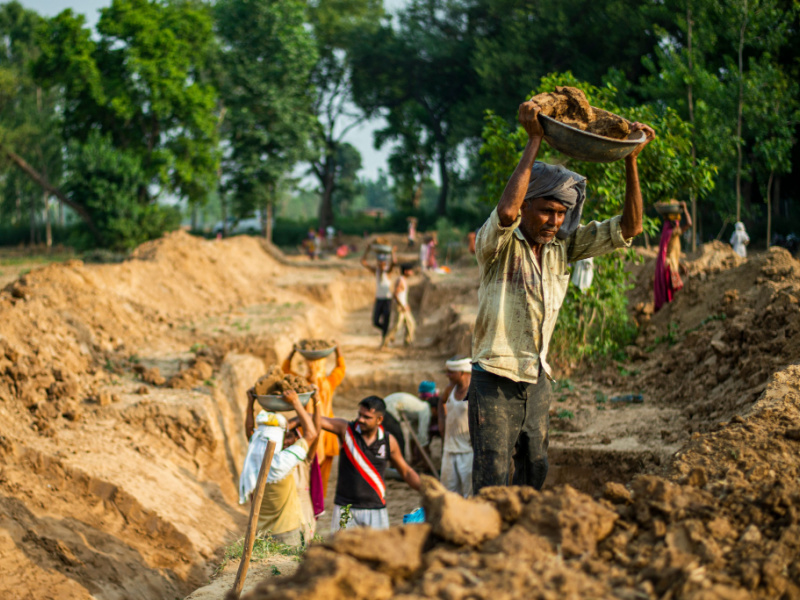
On September 7, 2005, the National Rural Employment Guarantee Act (NREGA) was notified
The Mahatma Gandhi National Rural Employment Guarantee Act (MGNREGA), also known as the Mahatma Gandhi National Rural Employment Guarantee Scheme (MNREGS), is a piece of Indian legislation passed on August 25th, 2005. The MGNREGA guarantees adult members of any rural household one hundred days of employment each fiscal year if they are willing to do public work-related unskilled manual labor at the statutory minimum wage. The Ministry of Rural Development (MRD) of the Government of India is overseeing the entire implementation of this scheme in collaboration with state governments.
In 2005, India launched a national anti-poverty program known as the Mahatma Gandhi National Rural Employment Guarantee Scheme, which provided up to 100 days of unskilled manual labor on public works projects per year. However, an impact evaluation of the project revealed that the program did not function as intended, and many people who needed work still did not have it, particularly in the poorest states where it was most needed. The team then looked at data from Bihar, India’s poorest state, to better understand why the program could not provide work as intended. The findings aided local policymakers in developing a new program that enhanced local government’s ability to provide a collection of better and more effective social protection programs for the public.
Challenge
The Indian government passed the National Rural Employment Guarantee Act in 2005 to provide poor adults with up to 100 days of paid work per year. The program, now known as the Mahatma Gandhi National Rural Employment Guarantee Scheme, aims to alleviate poverty by providing extra work for those in need and empowerment and insurance when other work sources become insufficient. Much of the evaluation concentrated on Bihar, where more than half of the population is under 25, and nearly 90% live in rural areas.
The Action’s Objective
The Act aims to improve rural livelihood safety by giving every household 100 days of guaranteed wage employment, with adult members volunteering to do unskilled manual labor during a fiscal year.
MGNREGA Goals
- Strong social safety net for vulnerable groups by providing a backup employment source when other employment options are scarce or insufficient.
- An agricultural economy’s growth engine for long-term development. The Act sought to strengthen the natural resource base of rural livelihoods and create long-term assets in rural areas by employing projects that address chronic poverty causative factors such as drought, deforestation, and soil erosion. MGNREGA, if properly implemented, can modify the geography of economic hardship.
- Rural poor empowerment through the processes of a rights-based law
- New business practices as a model of governance reform based on the principles of transparency and grassroots democracy. Thus, MGNREGA promotes inclusive growth by providing basic wage security and recharging the rural economy, and a democratic empowerment process is transformative.
Coverage
The Act was first alerted in 200 districts on February 2nd, 2006, but was then lengthened to an additional 130 districts in 2007-2008. (113 districts were notified with effect from April 1st, 2007, and 17 districts in UP were notified from May 15th, 2007). From April 1st, 2008, the remaining districts have been notified under the NREGA. Thus, NREGA applies to the entire country, except for districts with an entirely urban population.
Impact
The findings gave the Bihar government a better understanding of its challenges in delivering social protection systems. Policymakers used the findings to create the Bihar Social Protection Project. This World Bank-supported project strengthens the Departments of Social Welfare and Rural Development to better deliver social protection programs and services to the state’s poorest and most vulnerable citizens.
Evaluation
To determine the program’s national impact, researchers examined household-level data from India’s National Sample Survey from 2009 to 2010. They also used the data to understand better how effective the program is at reaching India’s rural poor, particularly backward castes, tribes, and women. Researchers used a randomized control trial to study the effects of an awareness intervention in Bihar—a fictional movie about finding work under the program—on people’s understanding of the program and participation rates.
The Act’s Most Notable Characteristics
- Adult rural household members willing to do unskilled manual labor can apply in writing or verbally to the local Gram Panchayat for registration.
- After proper verification, the Gram Panchayat will issue a Job Card. The Job Card is free of charge & will include a photograph of all adult household members who wish to work under MGNREGA.
- The Job Card should be issued within 15 days of applying.
- A Job Cardholder may apply for work by submitting a written application to the Gram Panchayat, disclosing the time and duration for which work is sought. The minimum number of days of employment must be fourteen.
- The Gram Panchayat will initiate a dated invoice of the signed employment application, against which the guarantee of employing within 15 days will operate.
- Employment will be provided within 15 days of an application for work; if not, daily unemployment allowance must be paid under the Act; the liability for payment of unemployment allowance rests with the states.
- Work should normally be available within a 5 km radius of the village. If work is provided beyond 5 kilometers, an additional 10% wage is payable to cover additional transportation and living expenses.
- Wages for agricultural laborers in the state are to be paid under the Minimum Wages Act 1948 unless the Centre issues a wage rate of less than Rs. 60 per day. Both men and women will be paid the same.
- Wages must be paid at a piece or daily rate. Wage payments must be made weekly and must not exceed a fortnight in any case.
- Women who have registered and requested work under the scheme must account for one-third of the beneficiaries.
- Workplace amenities such as a crèche, drinking water, and shade must be provided.
- The gram sabha will recommend, and the Zilla panchayat will approve a village’s project shelf.
- Gram Panchayats will be assigned at least 50% of the work completed.
- Water and soil conservation, afforestation, and land development are all examples of permissible works.
- A wage-to-material ratio of 60:40 must be maintained. Contractors and machinery are not permitted.
- The Central Government bears the entire wage cost of unskilled manual labor and 75% of the material cost, including wages for skilled and semi-skilled workers.
- Gram Sabha must conduct a social audit.
- Mechanisms for resolving grievances must be put in place to ensure a responsive implementation process.














